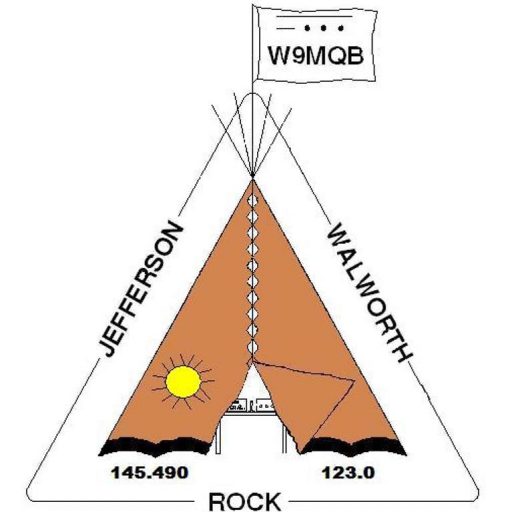As hams, we spend a lot of time talking, but not much talking about HOW we talk. Here are some recommendations to make your time on the repeater easier on you and those you’ll be chatting with, from Dennis Rybicke / K9LGU. . .
- It’s okay to talk while the repeater is identifying. The CW comes through just fine. After the initial I.D., the repeater tries to sneak it in between transmissions anyway.
- It’s okay to only identify your station at the end of your series of transmissions and once each ten minutes. That’s enough. There’s no requirement to name the other stations you’re in contact with.
- It’s okay to just say your call sign. That may be five or six syllables. It adds ten to include a phrase like “for identification purposes.” Even “for I D” isn’t needed. Everyone knows why we identify; we don’t have to explain it. If you‘d like to add a “this is” before your call, that’s okay – but you don’t have to. Just end with your call.
- It’s okay to wait for the courtesy beep. That little pause gives someone a chance to break in if needed, even though the time-out timer is reset on your carrier drop.
- It’s okay to avoid “Q” signals on voice. They’re made for CW use and NIMS training tells us to avoid them just like the 10 codes anyway.
- It’s okay to laugh out loud on voice. The only reason HI was instituted was so folks could hear you laughing on CW. On phone, we can just laugh. .
- It’s okay to close a contact with “73.” In fact, your control card shows you how you can have the controller send it for you in CW. But you should notice that “73” means “best regards.” It’s already plural. If we say 73’s with an “s” – it would mean “best regardses,” and that would be 146 or more. So no S.
- It’s okay, in net operation, to do a lot of listening. We think before we talk so we can say things in the fewest words. We try to keep the frequency open for important traffic.
- It’s okay to answer someone who might be passing through the area. If you hear an unfamiliar call, offer a welcome and show how friendly we are.
- If you’re open to chatting, toss out your callsign followed by the word “monitoring” to let other stations know that you’re available. If you are on the road and may pass out of range, “mobile and monitoring” helps others understand that you may only be around for a short while.
These hints remind us of good operating practice, of our differences with citizen band operation, and how to make our transmissions sound a little more skilled.
